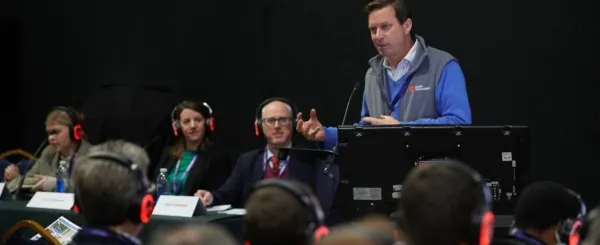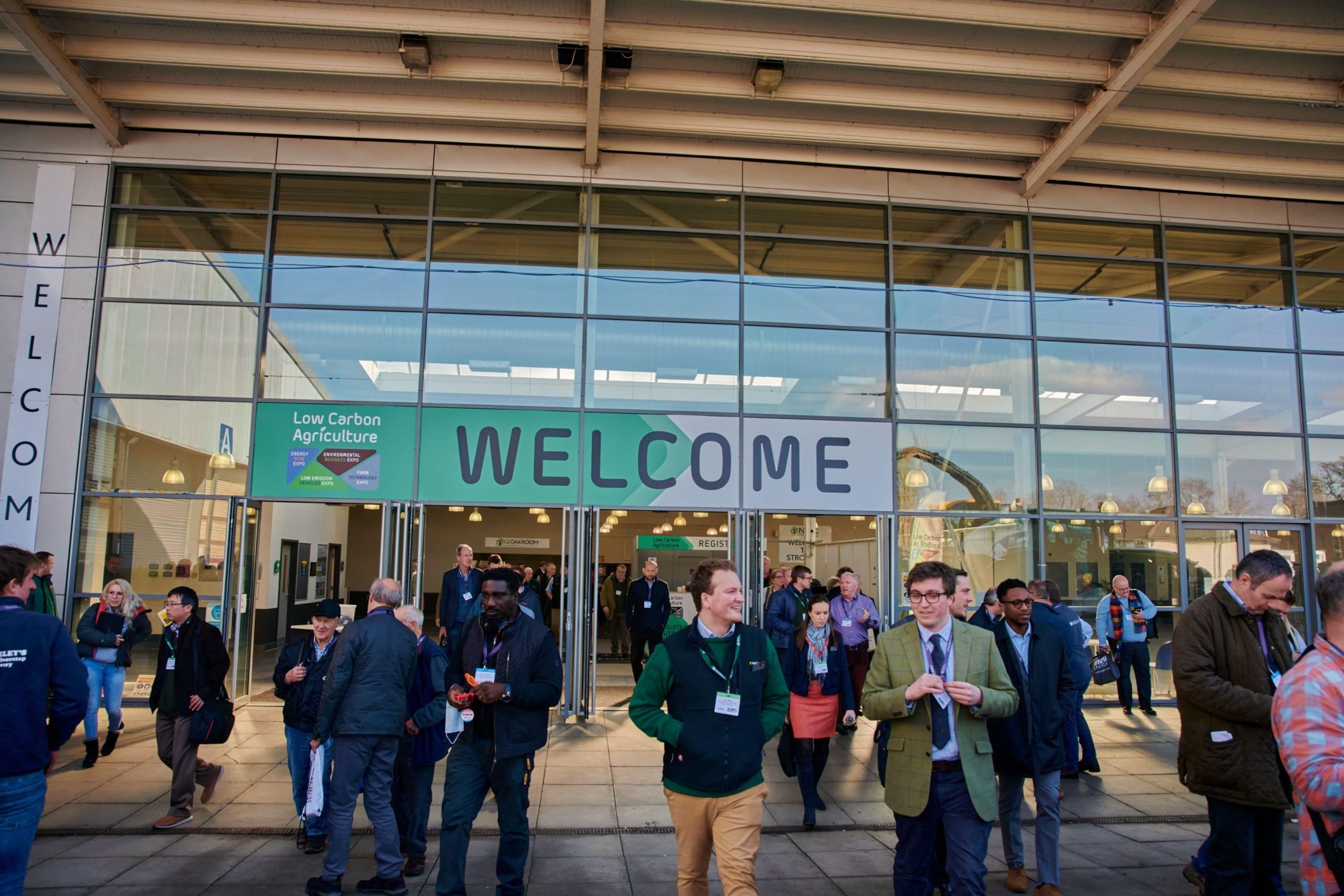Lessons in carbon measurement and sequestration from ARCZero project
)
In this exclusive interview, Professor John Gilliland, OBE, speaks with Agrecalc on the ARCZero project in Northern Ireland, and the lessons learned along thir journey. This pioneering initiative set out to change farmers' behaviour by empowering them with the results of measuring and benchmarking the GHG emissions of seven farms, by employing state-of-the-art forensic methods.
This allows them to simultaneously reduce emissions and build carbon stocks, showing how farmers can distinguish themselves as custodians of the nation's carbon in the future.
The initiative’s lead, John Glliland, OBE, Professor of Practice at Queen’s University Belfast, was kind enough to sit down with us and provide the detailed account of the project’s aims, the involvement of all the stakeholders, and successes and lessons that have come out of it.
How the project came about
A: Could you tell us what the ARCZero project is about?
JG: ARC Zero, ARC being an acronym for Accelerating Ruminant Carbon, is an EIP Operational Group Project, funded jointly by the European Agricultural Fund for Rural Development and the Northern Ireland Executive, overseen by the Department of Agriculture, Environment and Rural Affairs (DAERA).
Core to the development of the EIP Operational Groups was the desire to empower
practising farmers to lead innovation on farm.
ARC Zero is about seven such farmers who decided to face their responsibilities, embrace
the need to find out “their carbon numbers,” carry it out with forensic detail, use it to
inform and make better quality decisions on their farms, and deliver positive change in a way that embraces integrity and transparency.
We started by defining what net zero meant, ran the calculations through Agrecalc, and then set out to conduct multiple forensic testing on our actual current carbon stocks.
We started with soil analysis. We first engaged with the RPS Group, an environmental consultancy. They were the independent people who lifted the soil samples, and did the quality control of how the sites were selected. And then they oversaw how the soil samples went to the NRM’s laboratory.
We also enlisted help from CAFRE in our farm walks.
We all went through the process with Agrecalc, and it is onerous, like any life assessment calculator is. For farmers, it is an alien process to go through, and that is why we enlisted the help of SAC Consulting. I made the decision that the seven of us needed help. The whole drive in ARCZero was to go on a journey of integrity, because any web-based calculator is only as good as the information you put in.
For all the right reasons, you can put the wrong information in the wrong place because you’re not familiar with the calculator. What I wanted was a constant, and that constant was a professional to hold our hand, so that everyone’s happy that we were getting the right data, and it was being populated in the right place within the calculator, so that the result coming out of it would be as good as it can be.
It’s our quality control, just like we used RPS to randomise the soil samples and pick the soil samples to analyse. In this case, we used SAC Consulting to do the quality control and the mentoring, to get the data because we knew we were going to come back two years later and do it again.
Part of the agreement we had with Agrecalc is that there would be a report at the end doing ‘compare and contrast’ between year one and year three, which we did.
A: Let’s jump a bit forward to soil carbon stock. Do you predict any measurements in the soil carbon stock to change in the next five years? And how do you predict them to change?
JG: Both soil organic carbon stocks and above ground carbon stocks is where we have the least knowledge. So, in Agrecalc all the emissions are to Tier 2, but your carbon sequestration calculator is only to Tier 1. Core to our journey in ArcZero is wanted to get to a net carbon position, not a gross one.
We agreed that we would use the carbon sequestration module of Agrecalc, understanding its limitations that it’s only to Tier 1. But backing that up, we would do a parallel comprehensive baseline of what the stocks in our soils are, what the stocks in our trees and hedges are, and where exactly they are. And we would do that digitally and we would do that forensically with the intention that in five years’ time we will repeat that process again.
For the above ground carbon stocks, we conducted a LiDAR survey at its resolution of 40 scans per square metre. When we repeat this in five years’ time, we will see how much our trees have grown, we will see how we planted new trees, and we’ll see whether trees have fallen down or we have lost trees.
When it came to soil organic carbon stocks, we ourselves were on a journey because there was nothing at that stage in 2020 when I was laying this out. When the RBS came out, we stratified the landscape. This is something most people don’t do. We stratified our land into different land use categories and different land management categories.
Because the question isn’t just about how much soil organic carbon you have, but is it under different land uses or is it under different land managements. This is how you give a feedback loop to the farmer. You want to give them some knowledge that if you’re going to come back in five years’ time doing again, the idea, particularly if you’re on a mineral soil, is you hopefully will find that you have more carbon.
So, the question is: what is it that I need to do to build more carbon, so we wanted our soil organic carbon results to be across a stratified landscape, which is very helpful.
The second thing is, in 2022, we met the Scottish company Agricarbon, who have a far more sophisticated technology than us in sampling. We brought them in, and they did sampling from 0-30 centimetres, which is the recommendation by IPCC. What I wanted them to do is nought to one metre, and they could give us results in four depths, 0-15 centimetres, 15-30 cm, 30-60 cm and 60 cm down to the sea horizon. So, the level of knowledge and precision is quite extraordinary.
We ended up doing more soil carbon sampling than we ever expected, and this really gives us a forensic detail of how much carbon we’ve got, where it is, at what depth and at what density, that will allow us when we come back in five years’ time, to detect a difference. It is statistically significant.
Bear in mind that the soil is so variable, that there are three to four things we’re looking at to improve soil organic carbon stocks.
Three things to do to improve soil carbon stocks
JG: The first one is soil pH. All our farms were predominantly mineral soil, so it’s different. Could we get our soil pH up to 6.5 – and a lot of our grassland was sitting at 5.8 – because the amount of carbon stocks is pH sensitive.
The second thing is how we use our manures – as it is pivotal in how you build carbon stocks and whether those manures also have high levels of ammonia or not, because ammonia is toxic to soil biology. So, farmyard manure and compost would be better than slurry, and treated slurry is better than untreated slurry.
The third one is looking at diversifying the species of sward that you’ve got, and certainly under grassland. In Ireland, most of our grassland is a monoculture of perennial rye grass, and by adding in legumes and herbs we completely change the root architecture.
As part of ARC Zero, we had a Wageningen University research student called Ricardo Buffara on my farm. I have five different historic land uses on my farm, and I wanted him to look at what’s the impact of different long-term land uses on soil organic carbon stocks and soil biology was.
And what we found when it came to soil organic carbon stocks is there were two or three losers, and there was a clear winner. The clear losers were around anything that was a monoculture, perennial ryegrass was a loser, but so was my 250-year-old deciduous woodland.
My winner was my silvopasture, and the reason was the complex root architecture. I had grass roots at the shallowest depth; next came legume roots, then herb roots, and the tree roots underneath it – all of them laying carbon simultaneously at various depths.
I don’t agree with the view that you cannot shift soil organic carbon. I respect certain people in Scotland say you can’t. I would politely disagree with them.
You can’t do it if you don’t change your management, but if you change your management, yes you can. And so, for us the three biggies are correct the soil pH, optimise the use of manures and compost, look at how to increase sward diversity, achieving more complex root architecture.
We didn’t look at rock weathering or biochar. We were looking at biological ways that we could do within our own farm.
A: Now that you have mentioned that there are people who disagree with stratification of carbon and the impossibility of getting it between those layers, I do have a question about that. So, if somebody came and said that it’s impossible to have that much carbon stored in the soil, like the numbers have shown from your report, what would you say to them?
JG: The numbers in my report are actual numbers and they’ve been done by a credible organisation, totally independent and using the latest technology. So, our numbers are true numbers, and I will stand over them and Agricarbon will stand over them.
In regards building carbon stocks, one of the things in the British Isles is we have very few long-term trials. The oldest one in the world is in Rothamstead, and the second oldest one is in Hillsborough, Northern Ireland.
Hillsborough is 52 years old, and we have a silvopasture that’s 32 years old. So, now we’ve got really quite a lot of historic data. An Italian soil scientist called Dario Fornara spent 12 years working in Northern Ireland, and in 2012 had access to the Rothamstead data. And he analysed the change of soil organic carbon stocks and there were two things that he observed.
One is where grassland is regularly limed. So, the application of lime has a direct link to building soil organic carbon; and the second one was having a multi species with a diverse root architecture. That is published in 2016, and that’s peer reviewed.
Dario worked in AFBI for a period of time. They were given funding to analyse the long-term data set from the trial in Hillsborough, County Down in Northern Ireland.
It was set up 52 years ago as a long-term slurry trial. So, it is 8 different treatments, replicated 4 times a year. Of those eight, there are two controls. The first control is grass that has no manures or no fertiliser put on it. The second control is grass with our standard artificial Nitrogen, Phosphate, Potash (K). But the other six are looking at the consequence of different application rates of cattle slurry and pig slurry and they’ve repeated this project for 52 years.
We asked them could we go and look at their data and analyse it? Because the IPCC’s subcommittee on carbon sequestration state that mineral soils, soils on the long-term grass, which they define as 20 years, plateau in soil organic carbon and no more can be added to it. So that’s the official position.
The first question we asked of Dario – could he go and look at the results in Hillsborough to see if soil organic carbon plateaued? The answer was – no. Even after 52 years, none of the plots have plateaued.
The next question we asked: if it hasn’t plateaued, what are the annual carbon sequestration rates? And are they different depending on the management treatment?
And the answer was yes, they are. So he published a paper, I think in 2018, showing that actually the sequestration rates varied from 0.3 tonne per hectare per year of straight carbon, to 0.9 tonne per hectare per year of straight carbon, with the control of no slurries and no fertiliser being the worst at 0.3.
The spreading of three applications of cattle slurry was the best at 0.9. I’m really highlighting because part of that 0.9, it is soil amendment, in regards that cattle slurry was full of organic matter to which the earthworms flock and pull it into the soil.
Silvopasture a clear winner
JG: I will always argue what I’m looking for is to change the soil organic carbon stocks, rather than just say it’s all to do with sequestration. And I make that differentiation – what we saw in Hillsborough, what we continue to see in Hillsborough, yes, there’s carbon sequestration there, but there is also the biological activity of earthworms pulling down the residual organic matter that is in the cattle slurry and using it to build up the soil organic carbon stocks.
I concluded in that project it is very clear that you can shift the soil organic carbon stocks by changing your management. So when people say to me you can’t do it, and I said, how do you argue against this data then? What’s the bit of this data, that you’re finding wrong?
That’s why the Hillsborough site in County Down is quite unique because what it is measuring is the consequences of changing land management rather than land use.
The third thing I will argue is the project that my own farm did this year with Wageningen is looking at the long-term consequences of land use change – and it’s that silvopasture came out way on top of everything else.
A: Now that you mentioned earthworms, something popped into my mind. Have you ever done any testing of how much of the saprotrophic or saprophytic bacteria you have in the soil? Saprotrophic organisms are the ones that break down organic matter to base compounds – from plant material to animal and human remains.
JG: We didn’t go as far as what you asked. We did a project on my own farm this year, where we looked at total bacterial counts, total fungi counts, and their ratio, and how that changed depending on land use. We also measured soil respiration rates and we also measured earthworm counts. So those were the three main biological indicators we did alongside soil organic carbon stocks and then soil pH.
When it came to soil respiration, earthworm population and bacterial and fungi communities and their ratios, there was one clear impact, a winner. And that was anywhere where we had big animal agriculture, grazing animals, defecating on the soil and inoculating the soil. And what was really disappointing to see is under our woodlands our soil biology was very poor and that’s because modern landscape management excludes animals from being on it.
If you look at ancient woodlands, you had animals browsing through woodlands, defecating and inoculating, so now woodlands are not getting the same bacterial and fungi inoculant. And the other thing that’s happening, which is being exasperated by our ever more extreme rainfall, is our soil pH is collapsing under trees, and your bacterial and fungi communities are totally pH sensitive.
And if we really want a vibrant soil under our woodlands or forests, we need to think about integrating livestock back into them again. And we also need to think about how we correct soil pH on mineral soils.
A: At the end you’ve taken all the farms through Agrecalc again, and the results showed a reduction in emissions. But you took only five out of seven.
JG: Two things were of issue there. Patrick [Casement; member of the Management Group] – his farm went through Agrecalc only in 2023, because in 2021 he was ill, and we couldn’t get a baseline then.
My problem is a personal one, as I build my business on Renewable Heat Incentive that existed in Northern Ireland until eight years ago. There was a scandal in NI, called Cash for Ash, and people’s incentive contracts were terminated without negotiation.
I grew willow coppice for the renewable heat business, and we wanted to start exploring grazing on willow trees. What I want to do is create a living lab experiment of introducing 60 dairy cows into a willow and multispecies swards silvopasture to see can I create a carbon net zero dairy farm, using biological solutions.
ArcZero was an EIP operational group. It was set up to get behavioural change, rather than get peer reviewed published papers out of it. The premise was ‘I need to change my behaviour because I won’t be in business shortly so we’re trying to see what is the best route for me to go’.
A: What next? What is the future of the project?
JG: Three things. Our initial funding, that came jointly from the EIP and the NI Executive, is finished. The first thing we’ve done is we’ve put an improved governance around ARCZero. It now has become a community interest company, with our own bank account.
That has allowed us now to apply to different things, and we’ve had our first success. There’s the Co-Op Foundation in the UK has just awarded us £105,000 to look at specific project of displacing soybean meal and nitrogen fertiliser of some of our farms. So that’s what we’re going to do for the next couple of years.
In addition to that, we have joined forces with Queen’s University Belfast and with Wageningen University and Research in the Netherlands to bid to become part of the European Commission’s new Living Lab Network. We should hear in January 2024 whether we’re successful.
We are also currently bidding with Queen’s University Belfast, SRUC, Quality Meat Scotland, AHDB and HCE in Wales into UK & RI, to see if we could replicate and do another 40 farms, but this time in Great Britain along the same forensic protocol that ARCZero has used.
Because what Arc Zero has got is this extraordinary data set, it’s probably one of the best data sets out there. We’re saying now – can we ramp it up from 7 farms to 47 farms and can we bring it on to mainland? And can we have some in Scotland, some in England, some in Wales and collectively get a database that then collectively can be used as a reference database? And that we can also use for reputational work of the sector?
Because the sector doesn’t know its numbers. And if the one key lesson I have from ARCZero, was about helping farmers know their numbers. And once knowing their numbers, they are better informed, and they are empowered to make better quality decisions. So, this is about putting farmers first. This is about talking with farmers, not talking at farmers, and I think that is why it has really struck a chord.
A: What do you think the biggest innovation in this project was?
JG: Behavioural change of farmers. If you empower farmers with really good data about their own farm, they will change their behaviour positively, to deliver the journey to net-zero carbon, while also delivering other public goods, such as improvements in water quality and biodiversity. We aim to continue to prove that farmers will deliver on their responsibilities if given a chance.







